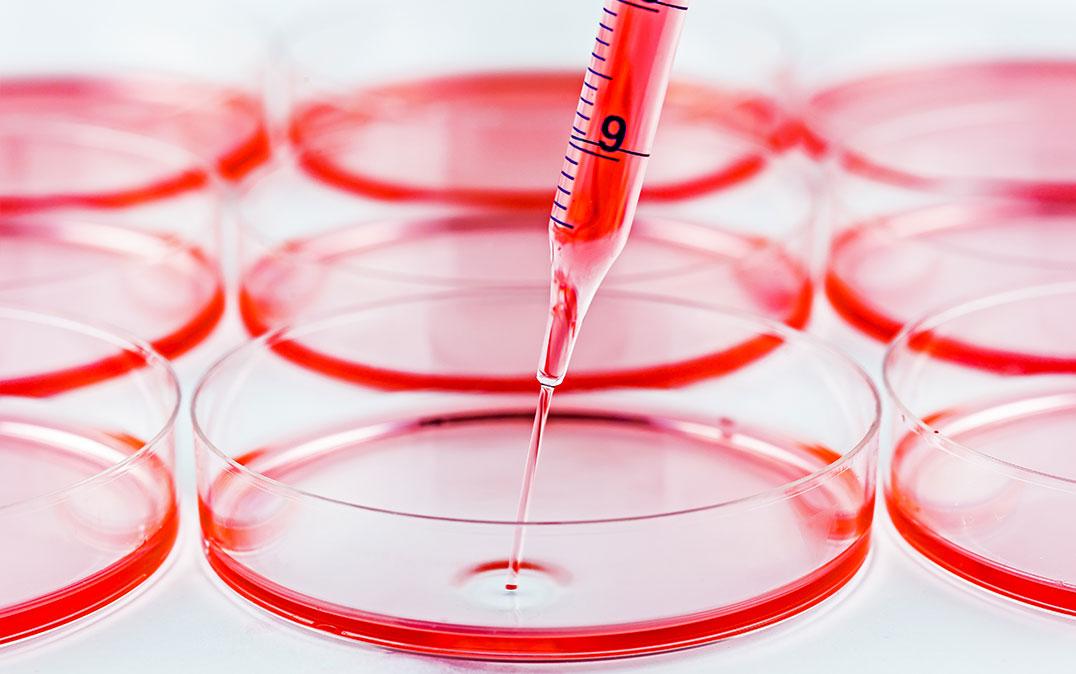Research News
Improving Bone Marrow Transplants in Mice to Help Fight Disease
 Image by Hakat/Shutterstock
Image by Hakat/ShutterstockResearchers from the University of Tsukuba develop a safer and cheaper method for performing bone marrow transplantation in mice to study the immune system
Tsukuba, Japan—To study the immune system in human health and disease, scientists commonly use the genetic manipulation of mouse hematopoietic stem and progenitor cells (HSPCs) as a powerful model system. These studies have been extremely valuable in the fight against a number of human diseases. However, the current procedures are complex, time-consuming, and expensive.
In a new study published in NATURE COMMUNICATIONS, researchers at the University of Tsukuba have developed a novel technique that has the potential to overcome the limitations associated with these models, which are known as bone marrow (BM) chimeric mice. This system allows scientists to observe and investigate how genetic alterations affect immune cell phenotypes and behaviors in a physiological setting.
The first step of generating BM chimeric mice is using irradiation to destroy the immune system of the host mouse. BM is then acquired from a donor mouse and HSPCs are isolated using a process called fluorescence-activated cell sorting (FACS). Next, the HSPCs are genetically manipulated and then engrafted in the irradiated host mouse, where they reconstitute the immune system. This process has some shortcomings, including the expense of FACS and the technical expertise needed to perform it. Furthermore, irradiation can detrimentally affect the mouse's health, even following immune system reconstitution. For these reasons, the University of Tsukuba research group aimed to address these downfalls with a new method.
"BM chimeric mice are extremely useful in the immunology field," says Professor Satoshi Yamazaki, senior author of the study. "We wanted to optimize this model to improve animal welfare and reduce the need for specialized equipment."
The team developed a specific cell culture medium that was used to grow HSPCs in the lab. This medium was supplemented with certain stimulating molecules, called growth factors and cytokines, that promoted the growth of the HSPCs in culture.
"Growth of HSPCs in our newly formulated medium eliminated the need for FACS," explains Professor Yamazaki. "We could also genetically manipulate HSPCs within this culture system."
Additionally, the authors explained how these cultured HSPCs can be successfully engrafted in non-conditioned immunocompetent recipient mice. This means that the host mice do not need to be irradiated, eliminating the negative experimental and toxic effects associated with this process.
Overall, this groundbreaking approach can be applied to study the immune system in both healthy and diseased states and will help to facilitate a more cost-effective, safe, and scientifically rigorous method.
Original Paper
The article, "Non-conditioned bone marrow chimeric mouse generation using culture-based enrichment of hematopoietic stem and progenitor cells," was published in NATURE COMMUNICATIONS (DOI): 10.1038/s41467-021-23763-z
Correspondence
Professor YAMAZAKI Satoshi
Faculty of Medicine, University of Tsukuba
Related Link
Faculty of Medicine
Inquiry for collaboration (Flintbox)



